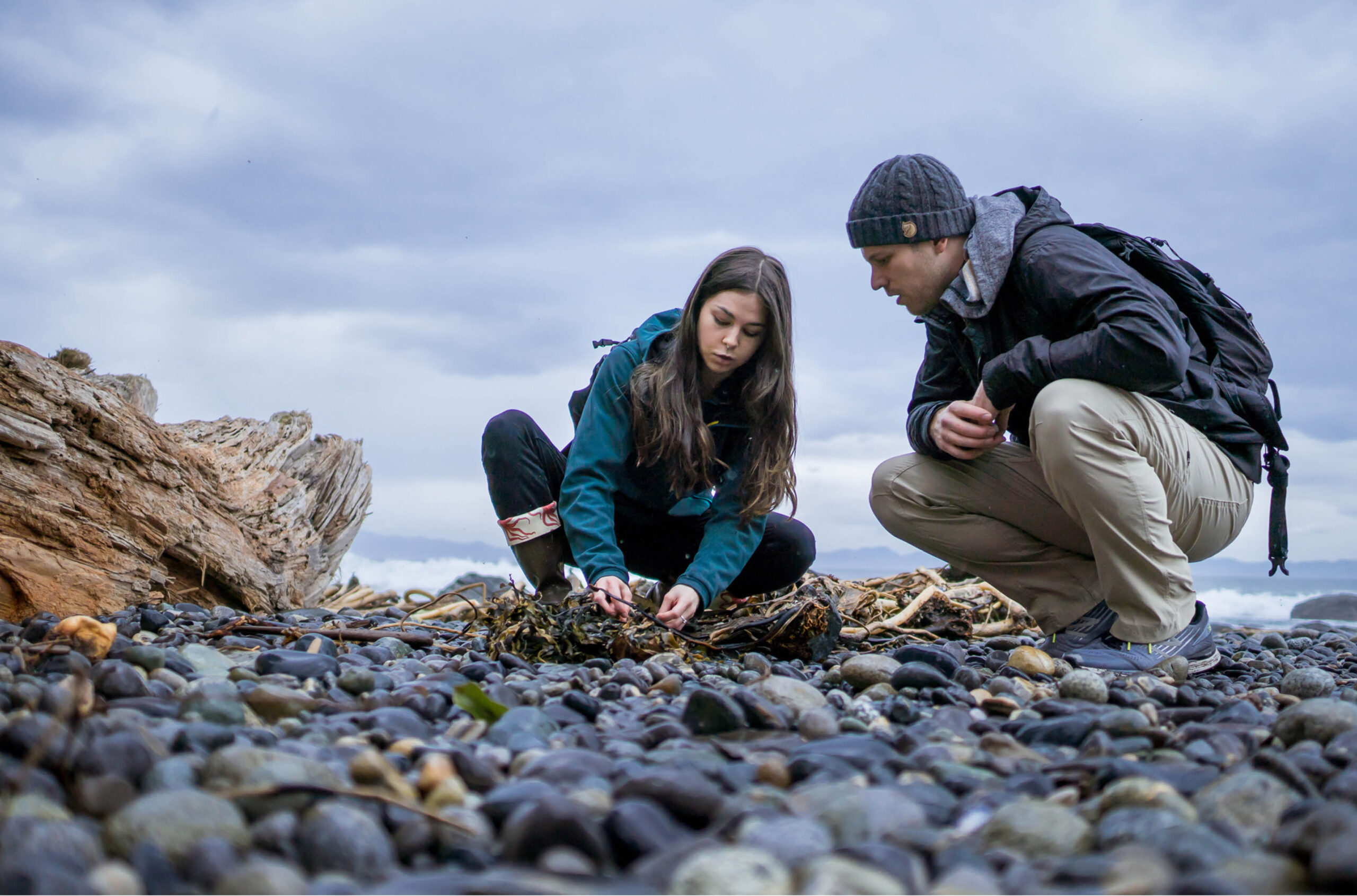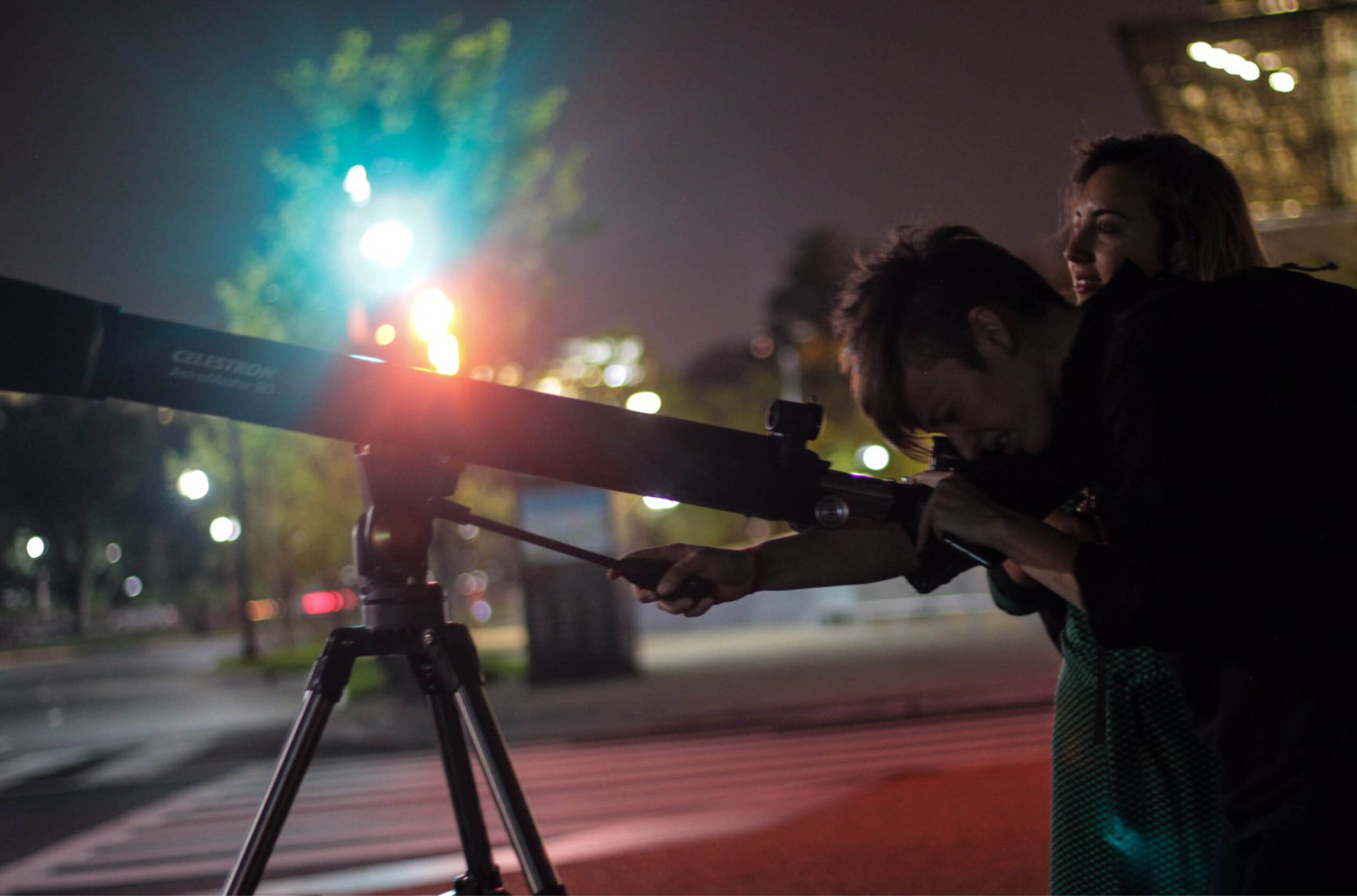U of Guelph’s DNA barcode centre catalogues Earth’s biodiversity
The work “will hugely advance our capacity to understand species interactions and … the impacts of human activities,” says director Paul Hebert.

To sequence a plant or animal’s DNA, scientists have to work through millions of nucleotides. That’s pricey, time-consuming and perhaps not necessary if all they want to do is identify a species and tell, say, one type of ant from another.
University of Guelph integrative biology professor Paul Hebert found a way to shortcut the onerous process of DNA sequencing to identify living things. He called his 2003 discovery DNA barcoding: it entails reading just 650 selected nucleotides in a DNA sample. While the process is not as instant as a scanner reading the barcode on a loaf of bread at a checkout, it similarly offers a reliable means of identification.
In recent years, Dr. Hebert and his team at U of Guelph’s Centre for Biodiversity Genomics (CBG) have been leading a 31-nation research alliance called the International Barcode of Life Consortium (iBOL) in identifying and cataloging DNA barcodes from 600,000 unique species from around the world. Guelph researchers collected about three-quarters of the samples themselves and all were sequenced at CBG’s lab, which has the capacity to process up to 10,000 samples a day.
“Work undertaken by the DNA barcode community is transforming our capacity to understand biodiversity,” says Dr. Hebert, who holds the Canada Research Chair in Molecular Biodiversity at U of Guelph, is the director of CBG, as well as scientific director for iBOL. “It will hugely advance our capacity to understand species interactions, and to evaluate the impacts of human activities on the species that share our planet.”
This reference library of DNA barcodes will keep growing: it still has a long way to go to itemize the estimated 10 million or so plant and animal species on Earth. “We still want to know how many species share the planet,” says Evgeny Zakharov, director of the Canadian Centre for DNA Barcoding, which is part of CBG. Anyone can access information from the library through the open access Barcode of Life Database (BOLD).

Now, iBOL has a new project called Bioscan, which launches this June. It will entail, over seven years, researchers at 2,500 sites around the world collecting bulk samples for DNA barcoding to see how species interact.
Bulk samples are often collected using something called a Malaise trap, which is a tent-like structure that captures diverse groups of insects, primarily flying ones. Researchers will store everything they find in one location in a jar in an alcohol solution. The catch will remain in a freezer until samples are ready to be analyzed.
DNA barcoding of these samples will reveal which species reside in the same location. Bulk samples often contain plants and things such as fecal waste and blood from other creatures. “We can find out what some specimens had as a meal, and who visited certain flowers,” says Dr. Zakharov.
Bulk samples go through a process called metabarcoding, which involves using next generation sequencing and advanced computing – something Guelph has developed an expertise in – to divide up the DNA data to identify the different species in a sample.
In Canada, Bioscan will also involve collecting samples from the same sites over time, to see how things change. “Canada will become the world’s first nation with an ongoing biosurveillance program that will track biotic change at 500 sites,” says Dr. Hebert. “It’s a direct analogue to the rise of weather stations in the 19th century.”
While the entire international project has a budget of $180 million, Guelph and the Canada-wide researchers it works with will need $20 million over the next seven years for field work, computing, sequencing equipment and storage facilities. Dr. Hebert says half of this funding is in place already from groups such as Polar Knowledge Canada, Compute Canada and the Canada First Research Excellence Fund.
And while Bioscan will be a major focus for CBG and the researchers at Guelph, the team there has numerous other, ongoing projects related to DNA barcoding. For instance, the Centre for DNA Barcoding does sequencing for paying clients. Dr. Zakharov says, for example, an airport’s staff will collect blood spatters from an airplane that’s come in contact with birds to find out what kind they are, so they can devise methods to keep them off landing strips. Focused data-collection projects have included working with Parks Canada to collect large numbers of samples from the majority of national parks across the country.
The CBG and its affiliated groups, including the Biodiversity Institute of Ontario, are housed in three buildings with a total floorspace of about 450 square metres. Facilities are always a challenge for these organizations as they juggle space for labs, offices and servers, plus three million items in a carefully labelled specimen library and six million DNA extracts. The most valuable of these are stored in upright freezers at a chilly -80°C. Samples for which the centre has duplicates plus bulk samples are stored in rows of chest freezers set at a mere -20°C.
“We are running out of space,” admits Dr. Zakharov of the tissue and genomic archive, which keeps growing daily as new samples come in from around the world, both bulk but also singular samples for the ever-growing DNA barcode library.
The material in the DNA library, plus the symbiotic data resulting from the new Bioscan project, will provide a wealth of reliable data for researchers worldwide. “The information will enable scientists in each of the regions to ask their own questions,” says Dr. Zakharov. He notes that while, for instance, Canadian researchers want to track life in the Arctic, biodiversity and the spread of insect-borne diseases, scientists in South Africa often need to assess the health of valuable medicinal plants in their region. DNA barcodes can enable it all. “When it comes to the application of the data, the sky’s the limit.”
Featured Jobs
- Psychology - Assistant Professor (Social)Mount Saint Vincent University
- Electrical Engineering - Assistant Professor (Electromagnetic/Photonic Devices and Systems)Toronto Metropolitan University
- Electrical and Computer Engineering - Assistant/Associate ProfessorWestern University
















Post a comment
University Affairs moderates all comments according to the following guidelines. If approved, comments generally appear within one business day. We may republish particularly insightful remarks in our print edition or elsewhere.